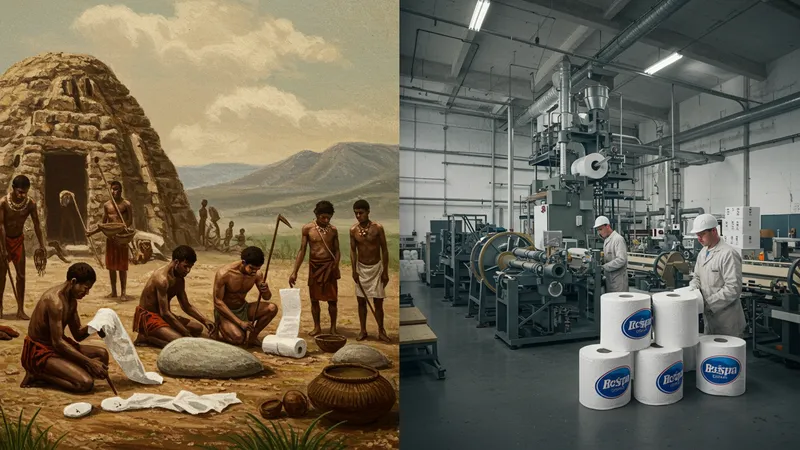
Evolution Of Toilet Paper: From Early Uses To Modern Manufacturing
Imagine an everyday product whose evolution spans from primitive nature-based methods to today’s highly engineered consumer staple. The journey of toilet paper is a fascinating reflection of technological advancements, shifting cultural norms, and continuous efforts to improve comfort and hygiene. Understanding how people transitioned from early resources to the modern manufacturing of toilet paper reveals an unexpected depth behind something so commonplace.
Long before the invention of paper as we know it, various cultures devised their own means of personal hygiene using materials sourced directly from their surroundings. Over centuries, what was once a basic practice developed into a sophisticated, large-scale industry with products designed for comfort, convenience, and sanitation. This progression is not merely about the materials used, but about innovation, marketing, and adaptability to changing lifestyles.

- Ancient hygiene with leaves, stones, and water
- The first forms of paper-based hygiene in China
- Mass-produced, perforated toilet paper rolls introduced in the 19th century
- Modern multi-ply, softness-enhanced toilet paper brands
The earliest recorded personal hygiene practices involved natural materials, like leaves, grass, or even seashells, depending on availability and local tradition. This period, stretching across ancient civilizations, demonstrates human ability to adapt to immediate environments without the benefit of industrial products.
In the 6th century, China’s ingenuity gave rise to the first paper products meant for personal cleaning. Archaeological and literary evidence indicates wealthy households commissioned special sheets, a sign of both status and transition toward manufactured hygiene solutions. Other regions, including the Islamic world and ancient Rome, pursued alternatives aligned with their resources and beliefs.
It wasn’t until the 19th century in the West that perforated, roll-based toilet paper became commercially available. Companies like Scott Paper Company revolutionized practices by introducing individually cut sheets, then continuous rolls, evolving manufacturing processes to meet rising demand. Packaging, branding, and distribution soon followed, making toilet paper a household essential.
Contemporary manufacturing involves advanced processes to create multiple layers, enhanced softness, and even features such as recycled content and dermatological safety. Leading brands compete to offer the most luxurious or environmentally responsible options, pushing innovation in fiber sourcing and production efficiency. Understanding these stages frames toilet paper not as a mundane article, but as a dynamic product shaped by human need and invention.
As ordinary as toilet paper may appear, its journey from primitive origins to a modern manufactured good encapsulates innovation and adaptation on a global scale. The deeper details reveal even more valuable insights ahead…